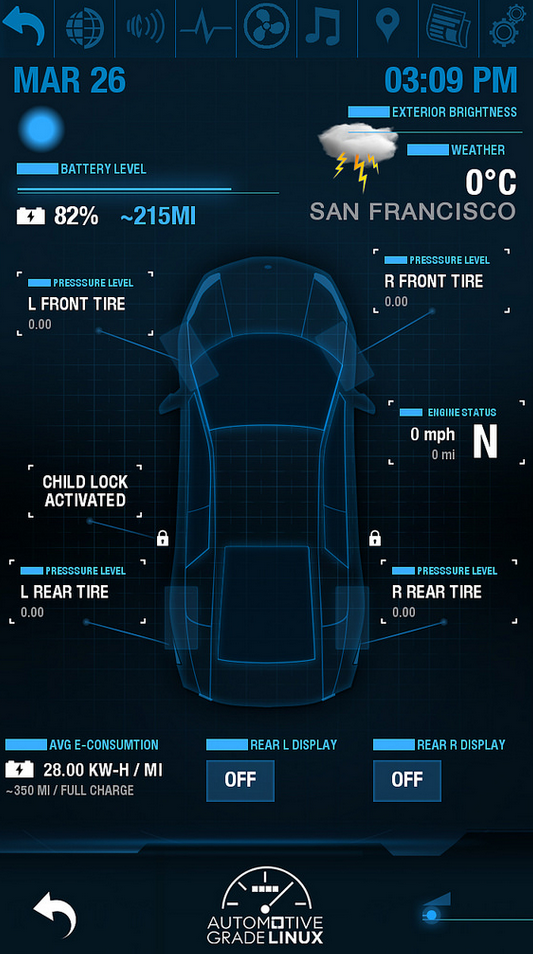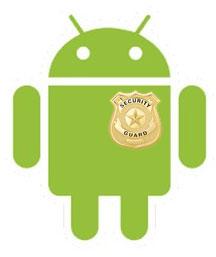Earlier this week, the Automotive Grade Linux (AGL) project—hosted by The
Linux Foundation—announced a crucial step in its quest to bring
a Linux-based software stack to automobile dashboards: Developers can now download the group’s first open-source software release. Key platform features include support for Google Maps, a News Reader (AppCarousel), Bluetooth-enabled phone, “smart device” integration, audio controls and media playback, all of which can be activated via a customizable dashboard. As befitting an open-source platform, developers have access to these features’ HMI flows, graphical assets, code, architecture diagrams and other elements. A
Developer Resources Wiki offers more detail. “Openness and collaboration are key to accelerating the development of a common, standard automotive platform so the industry can more quickly achieve its vision of delivering the connected car,” Dan Cauchy, General Manager of Automotive for The Linux Foundation, wrote in a statement. “This AGL release is a great step forward and the community is already looking to build on its work to address a number of additional capabilities and features in subsequent releases.”
Click here for vehicle-related jobs. In addition to open-source projects, various tech companies are exploring how to expand their respective software ecosystems to car dashboards:
- iOS CarPlay: Apple’s vehicle-centric software is already available in models produced by Ferrari, Mercedes-Benz and Volvo, and will spread to other manufacturers in coming quarters. CarPlay relies heavily on voice activation, whether to dictate messages, make search queries or receive turn-by-turn directions.
- Android Auto: If Apple has vehicle software, Google must have it, too. Android Auto, unveiled in June, offers support from a variety of automakers (Nissan, Kia, Volkswagen, Bentley and Honda are among those listed), voice-activated navigation and controls and access to apps such as Spotify, Pandora and MLB.
- Sync: Roughly seven years old at this point, this collaboration between Ford and Microsoft integrated the former’s vehicles with a dashboard system for making calls, choosing music and more via voice commands.
But some automakers are already warning about the limits of ultra-connected vehicles. “The car must not become a data monster,” Martin Winterkorn told an audience at March’s CeBit trade show in Germany, according to
Re/code. “I clearly say yes to Big Data, yes to greater security and convenience, but no to paternalism and Big Brother.” In other words, what policies should dictate the use of data generated by the next generation of cars and trucks? Given the rate at which tech companies are entering the space, that question might need to be answered sooner rather than later. In the meantime, developers with a good idea for an in-car app should give the above platforms a look.
Related Articles
Image: The Linux Foundation 
